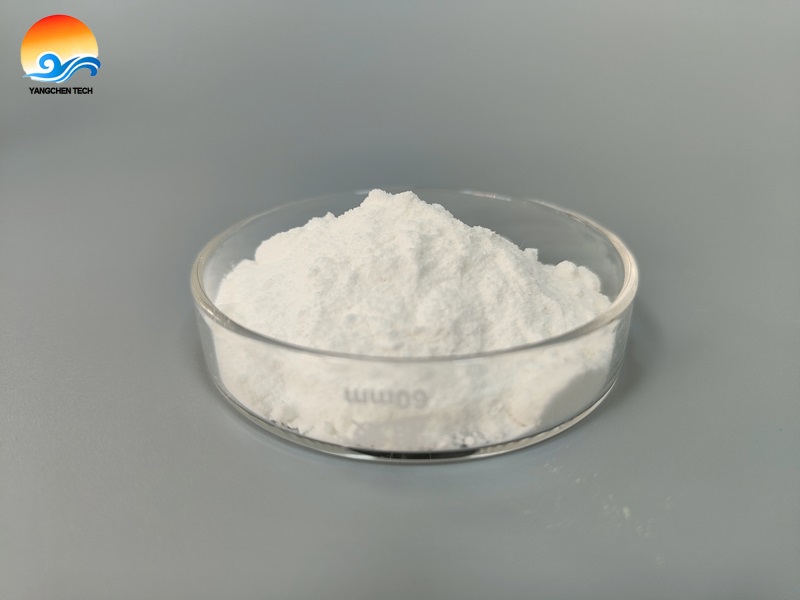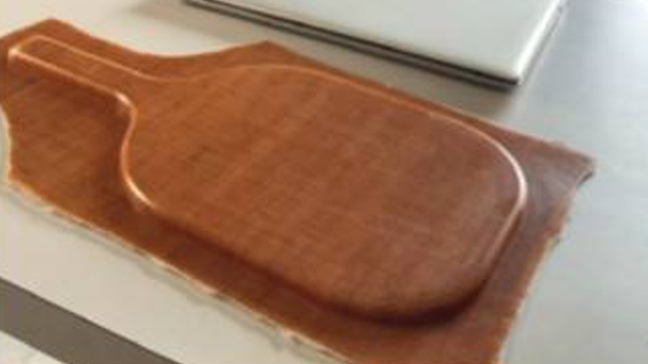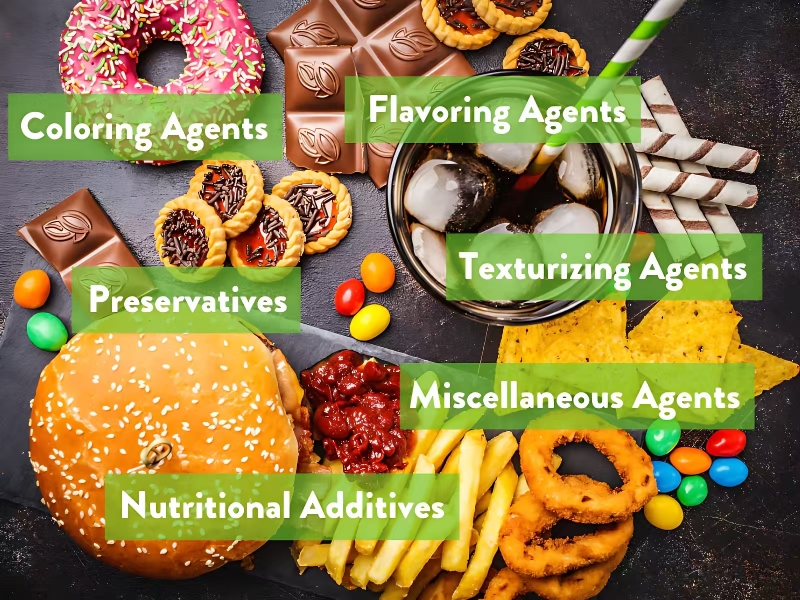Styrene-NPMI-MAH Heat-Resistant Modifier as the demand for high-performance materials that can withstand extreme temperatures is higher than ever. Styrene-NPMI-MAH heat-resistant modifier has emerged as an ideal solution for enhancing the heat resistance, mechanical properties, and processing capabilities of various plastics, including ABS (Acrylonitrile Butadiene Styrene), PVC (Polyvinyl Chloride), and PMMA (Polymethyl Methacrylate). This unique copolymer brings together three powerful components: Styrene, N-Phenylmaleimide (NPMI), and Maleic Anhydride (MAH), resulting in a highly efficient modifier suitable for a wide range of industrial applications.

What is Styrene-NPMI-MAH Heat-Resistant Modifier?
Styrene-NPMI-MAH is a copolymer made from the combination of styrene, N-phenylmaleimide, and maleic anhydride. The presence of N-phenylmaleimide (NPMI) helps increase the thermal stability of the material, while maleic anhydride acts as a coupling agent, enhancing the compatibility between the modifier and other resins. When added to plastics like ABS, PVC, or PMMA, it significantly improves their heat resistance, tensile strength, impact resistance, and processability.
Basic Physical Properties manufactured by Yangchen Tech
| Test Item | Test Standards | Test Data |
| Molecular weight and distribution | GPC | Mw=12~16*104.PDI=2.0~3.0 |
| Glass transition temperature/℃ | DSC | 160~210℃(Adjustable) |
| Initial decomposition temperature/℃ | TGA | 395-405℃ |
| Density | ASTM-D792 | 1.00~1.15g/cm3 |
| Appearance | NG | Off-white powder |
Key Benefits of Styrene-NPMI-MAH Heat-Resistant Modifier
-
Enhanced Heat Resistance
The primary advantage of incorporating Styrene-NPMI-MAH into a resin system is its heat resistance. The addition of NPMI provides increased thermal stability, which is essential for plastics used in high-temperature environments. For example, when 1% NPMI is added to ABS, the heat distortion temperature can increase by up to 2°C. When the percentage is increased to 15%, the heat resistance of ABS can reach 125–135°C, making it ideal for automotive and industrial applications. -
Improved Mechanical Properties
The combination of NPMI and MAH enhances the tensile strength, impact resistance, and hardness of the modified resin. The maleic anhydride component, in particular, acts as a functional group that promotes better interfacial bonding between the modifier and the resin, leading to improved overall performance. -
Superior Processability
One of the key advantages of Styrene-NPMI-MAH is its ability to enhance the processability of plastics. Whether used in extrusion, injection molding, or blow molding processes, the copolymer ensures a smooth and efficient production workflow. This leads to higher-quality finished products and reduced manufacturing costs. -
Versatility in Resin Systems
Styrene-NPMI-MAH is highly compatible with various resin systems, including ABS, PVC, and PMMA, making it an excellent modifier for diverse industries. This flexibility allows manufacturers to tailor the copolymer’s properties according to specific performance requirements, such as impact resistance, heat resistance, or processability.
Applications of Styrene-NPMI-MAH Heat-Resistant Modifier
-
Automotive Industry
The automotive industry is one of the largest beneficiaries of Styrene-NPMI-MAH. Heat-resistant ABS modified with this copolymer is used in critical under-the-hood parts, interior components, and exterior trim. The heat stability and mechanical strength provided by the modifier ensure that these components maintain their structural integrity even under high temperatures. -
Electronics and Electrical Components
In the electronics and electrical sectors, Styrene-NPMI-MAH-modified resins are commonly used for circuit boards, connectors, and housings. These applications require materials that can withstand high operating temperatures while ensuring dimensional stability and long-term reliability. -
Consumer Appliances
Heat-resistant ABS is widely used in consumer appliances such as microwave oven parts, vacuum cleaners, coffee makers, and refrigerators. Styrene-NPMI-MAH copolymer improves the durability and functionality of these products, enabling them to perform at their best in high-temperature environments. -
Medical Devices
The medical industry demands materials that are both heat-resistant and durable. Styrene-NPMI-MAH-modified plastics are ideal for manufacturing medical devices and components that need to withstand sterilization processes and high-temperature conditions. -
Packaging Industry
Heat-resistant modifiers like Styrene-NPMI-MAH are also used in packaging materials that require high temperature resistance. This is particularly important for products like plastic bottles, caps, and containers that undergo temperature fluctuations during filling, sealing, and storage.
Why Choose Styrene-NPMI-MAH from Yangchen Tech?
Yangchen Tech is a leading supplier and manufacturer of Styrene-NPMI-MAH heat-resistant modifiers, offering high-quality products that meet the demanding needs of various industries. Here’s why you should choose Yangchen Tech for your Styrene-NPMI-MAH needs:
-
High Purity and Consistency
Our Styrene-NPMI-MAH copolymers are manufactured to the highest standards, with 99% purity and excellent solubility, ensuring consistent performance in all applications. -
Competitive Pricing
At Yangchen Tech, we offer competitive pricing without compromising on quality. Our cost-effective solutions help you optimize your production process while achieving superior heat resistance and mechanical performance in your materials. -
Expert R&D Support
Our team of skilled R&D professionals ensures that we can provide customized formulations and tailored solutions for your specific needs. Whether you require a modified heat-resistant solution or a completely new approach, we have the expertise to meet your requirements. -
Global Supply Capability
With a robust international supply chain, Yangchen Tech can meet the demands of customers around the world, ensuring timely delivery and high-volume production capabilities.
Styrene-NPMI-MAH heat-resistant modifier manufactured by Yangchen Tech is an excellent solution for improving the heat resistance, mechanical properties, and processability of plastics like ABS, PVC, and PMMA. With applications spanning industries such as automotive, electronics, medical devices, and consumer goods, this modifier is a crucial component in ensuring the long-term performance and reliability of materials.
Contact Yangchen Tech today to learn more about our Styrene-NPMI-MAH copolymer and request samples for testing!






